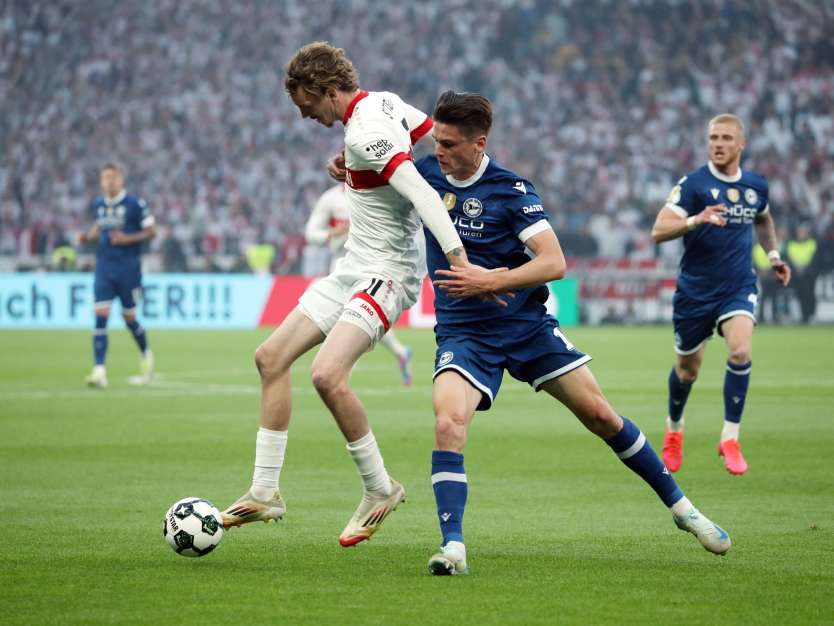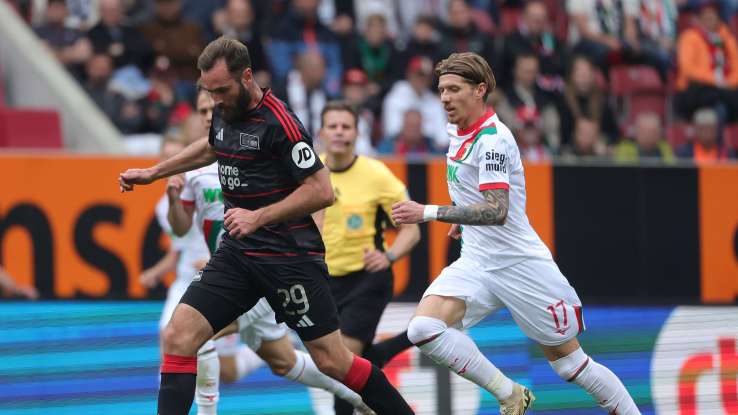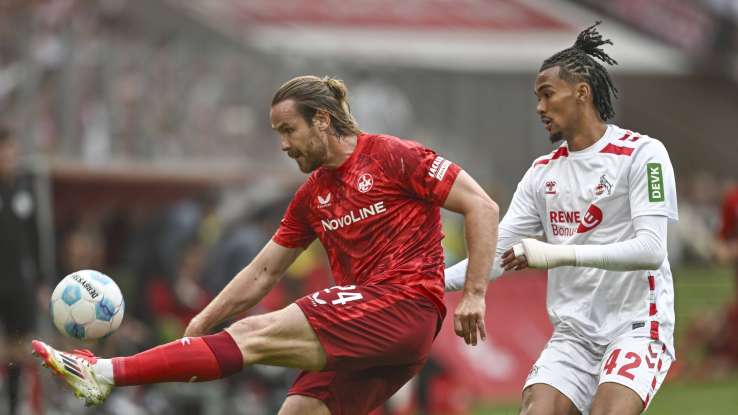
The history and future of sleeve sponsorship in Bundesliga
Published on
by Mara Kottke
In recent years, sleeve sponsorship has become an important source of income for football clubs and has firmly established itself as a sponsorship option. The additional advertising space on shirt sleeves is attractive to numerous companies and provides clubs with a welcome additional source of income. In this insight, we examine the development of sleeve sponsorship and explore future trends.
In this Insight:
What is sleeve sponsorship?
Sleeve sponsorship is a common form of sponsorship in many sports, but particularly football. Companies place their logos on the sleeves of players' shirts. This advertising space provides clubs with an additional source of income, in supplement to the traditional shirt sponsorship. As advertising space in stadiums and on shirts is limited, sleeve sponsorship is becoming increasingly important, offering additional opportunities to both clubs and sponsors.

History of sleeve sponsoring
The appearance of company logos on Bundesliga jerseys dates back to the 1970s, when Jägermeister became the first ever jersey sponsor with Eintracht Braunschweig. By the 1980s, jersey sponsorship had become widespread in the Bundesliga, providing clubs with a regular source of income.
Sleeve sponsorship was officially introduced in both the British Premier League and the Bundesliga in the 2017/18 season. Chelsea FC, sponsored by the insurance group Allianz, and Manchester City, sponsored by Nexen Tire, were considered pioneers in the Premier League. In the Bundesliga, 17 out of 18 clubs had a sleeve sponsor in the first season. These included Borussia Dortmund with Opel, Hannover 96 with HDI, and Hamburger SV with Popp Feinkost. SC Freiburg was the only club not to have another sponsor on its shirt sleeve initially.
Economic significance
Previously, the shipping service provider Hermes had advertised on the sleeves of all Bundesliga clubs from 2013 onwards. The income from this sponsorship was divided equally among the 36 Bundesliga clubs, totalling just under 200,000 euros per club. Income from sleeve sponsorship is now significantly higher. In the 2023–24 season, the average value of a sleeve sponsorship in the Bundesliga was around €1.8 million.
Although income from main sponsors is often significantly higher, sponsorship space on football club sleeves represents an important source of income. Sleeve sponsorship expands the sponsorship landscape, creating opportunities for various companies to be placed on the most coveted piece of cloth in football. Major deals, such as Arsenal's agreement with Visit Rwanda, in which the country paid almost €34 million over three years for the placement on the sleeve, demonstrate the influence of this sponsorship category and the ever-growing importance of this advertising space.








Future of sleeve sponsoring
In the future, digitalisation and new technologies could have an even greater impact on sleeve sponsorship. QR codes and NFC technology offer innovative advertising opportunities. Fans can benefit from quick access to club news, player statistics, videos, exclusive competitions and the option of contactless payment. On the other hand, these technologies can provide clubs and sponsors with valuable insights into fan behaviour.
Conclusion
The development of sleeve sponsorship in football and its current importance show that this form of sponsorship has become a valuable source of income for rights holders. However, future trends and challenges, such as the integration of new technologies, will continue to transform the landscape of sleeve sponsorship.
Whatever the future holds, sleeve sponsorship will continue to grow in importance, making a significant contribution to the financial stability of clubs and the growth of football itself.


